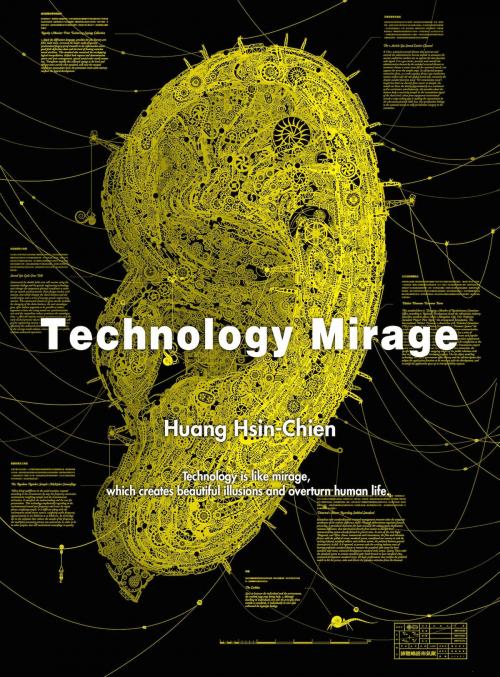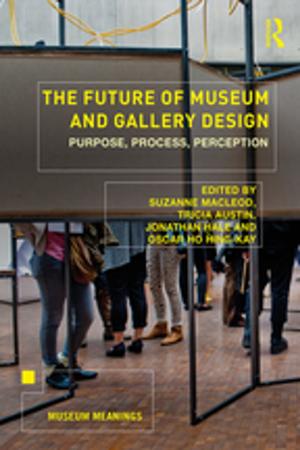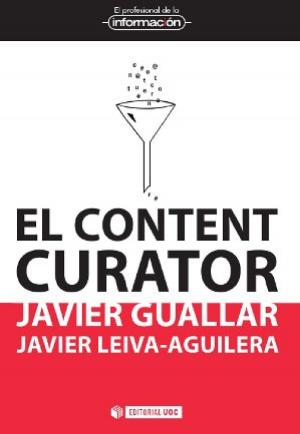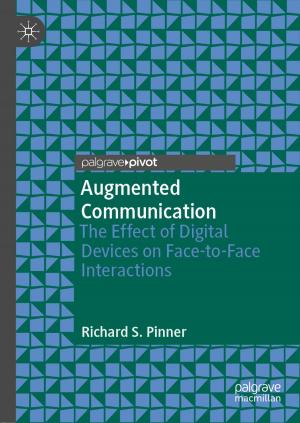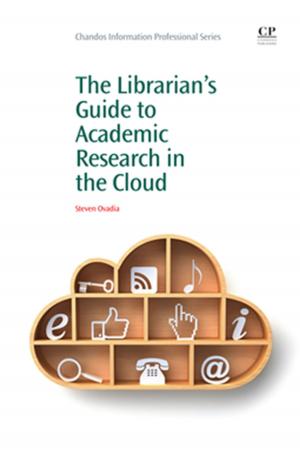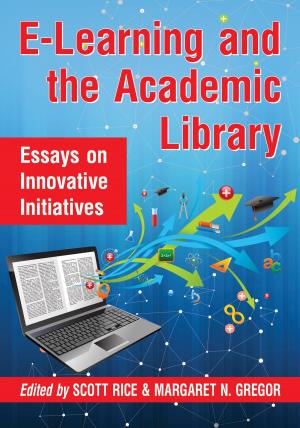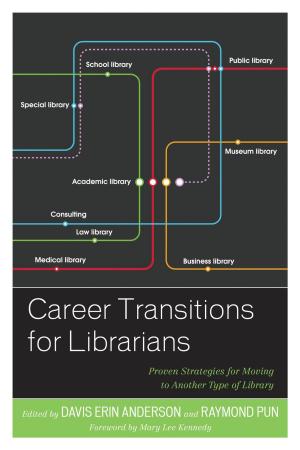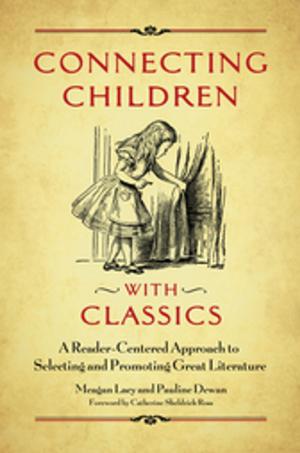| Author: | Huang Hsin-Chien | ISBN: | 3150000000183 |
| Publisher: | 大塊文化 | Publication: | July 7, 2015 |
| Imprint: | Locus Publishing | Language: | English |
| Author: | Huang Hsin-Chien |
| ISBN: | 3150000000183 |
| Publisher: | 大塊文化 |
| Publication: | July 7, 2015 |
| Imprint: | Locus Publishing |
| Language: | English |
☆☆☆ Author won the 2017 74th Venice Film Festival Award for the Best VR Experience ☆☆☆
A tragic breaking news led Huang Hsin-Chien to begin contemplating about digital civilization’s impacts on our world. He decided to become a new media artist and began using technology to tell stories about people and technology, and this book is his way of sharing his experiences and realizations from the past 25 years on his journey of migrating from engineering to art-making.
To know the future, the past has to be first understood. With his increasing awareness for the importance of the History of Technology in today’s technology-driven era, Huang Hsin-Chien has placed the focus of this book on how technology has altered humanity, lifestyles, and history. “Technology originates from humanity” but “human nature can be both good and evil.” If used fittingly, technologies intended for war and killing can also be used to save lives. However, a good invention can also cause serious problems if used poorly. In order to make the world a better place, we must decode the motives and intentions behind different technologies and to understand the impacts that those technologies have on our lives and our environment.
Huang Hsin-Chien hopes that this book can become a seed that will blossom in many people as they realize the importance of integrating humanity with technology and to understand that fostering transdisciplinary talents is not something that can be achieved in a hurry; it is a process that should be persisted for generations to come.
Huang Hsin-Chien (New Media Artist)
Huang Hsin-Chien, son of renowned oil painter Lee Lan, grew up surrounded by traditional art from his family. He received his first computer, Apple II, when he was in high school, and programming has since become his second language. After acquiring substantial mechanical engineering training from National Taiwan University, Huang then studied design in the United States, where he attended the Art Center College of Design in Pasadena and Illinois Institute of Technology’s Institute of Design. Upon graduation, he was awarded the first prize in the New Voices New Visions Interactive Media Competition in the United States, and later collaborated with new media artist Laurie Anderson in creating her first interactive CD-ROM, Puppet Motel. Huang then worked for Sega of America and Sony Computer Entertainment America as art director, and was a developer of interactive applications for Interval Research Cooperation, a company founded by Microsoft co-founder Paul Allen.
Huang returned to Taiwan in 2001 and began a career in new media art. He has exhibited in international galleries, art museums, and festivals, including Taipei Fine Arts Museum, National Taiwan Museum of Fine Arts, Venice Biennale, Shanghai Biennale, Ars Electronica Linz, Beijing 798 Art District, Gana Art Gallery in Seoul, and 404 International Festival of Electronic Arts in Argentina. Also as a commissioned artist, Huang has produced creative works for the Future Museum of NPM (National Palace Museum), Chinese pop singer Jay Chou's Concert, Eslite Poetry Festival, Taipei Pavilion in the Shanghai World Expo, Pavilion of Dreams in the Taipei Floral Expo, public artwork entitled Listening at the Taipei MRT Huilong Station, Our Personal Public Art at the Taipei MRT Nankang Exhibition Hall Station, and The Moment We Meet at the Taipei MRT World Trade Center Station. Awarded by the president of Taiwan with the Pride of Taiwan distinction in 2011, Huang was also the recipient of the 8th Keep Walking Fund.
Currently an associate professor of National Chengchi University’s Digital Contents and Technologies Program, Huang is dedicated to new media art education and publication, and has written the following books: Pictographic Labyrinth and Technology Mirage
☆☆☆ Author won the 2017 74th Venice Film Festival Award for the Best VR Experience ☆☆☆
A tragic breaking news led Huang Hsin-Chien to begin contemplating about digital civilization’s impacts on our world. He decided to become a new media artist and began using technology to tell stories about people and technology, and this book is his way of sharing his experiences and realizations from the past 25 years on his journey of migrating from engineering to art-making.
To know the future, the past has to be first understood. With his increasing awareness for the importance of the History of Technology in today’s technology-driven era, Huang Hsin-Chien has placed the focus of this book on how technology has altered humanity, lifestyles, and history. “Technology originates from humanity” but “human nature can be both good and evil.” If used fittingly, technologies intended for war and killing can also be used to save lives. However, a good invention can also cause serious problems if used poorly. In order to make the world a better place, we must decode the motives and intentions behind different technologies and to understand the impacts that those technologies have on our lives and our environment.
Huang Hsin-Chien hopes that this book can become a seed that will blossom in many people as they realize the importance of integrating humanity with technology and to understand that fostering transdisciplinary talents is not something that can be achieved in a hurry; it is a process that should be persisted for generations to come.
Huang Hsin-Chien (New Media Artist)
Huang Hsin-Chien, son of renowned oil painter Lee Lan, grew up surrounded by traditional art from his family. He received his first computer, Apple II, when he was in high school, and programming has since become his second language. After acquiring substantial mechanical engineering training from National Taiwan University, Huang then studied design in the United States, where he attended the Art Center College of Design in Pasadena and Illinois Institute of Technology’s Institute of Design. Upon graduation, he was awarded the first prize in the New Voices New Visions Interactive Media Competition in the United States, and later collaborated with new media artist Laurie Anderson in creating her first interactive CD-ROM, Puppet Motel. Huang then worked for Sega of America and Sony Computer Entertainment America as art director, and was a developer of interactive applications for Interval Research Cooperation, a company founded by Microsoft co-founder Paul Allen.
Huang returned to Taiwan in 2001 and began a career in new media art. He has exhibited in international galleries, art museums, and festivals, including Taipei Fine Arts Museum, National Taiwan Museum of Fine Arts, Venice Biennale, Shanghai Biennale, Ars Electronica Linz, Beijing 798 Art District, Gana Art Gallery in Seoul, and 404 International Festival of Electronic Arts in Argentina. Also as a commissioned artist, Huang has produced creative works for the Future Museum of NPM (National Palace Museum), Chinese pop singer Jay Chou's Concert, Eslite Poetry Festival, Taipei Pavilion in the Shanghai World Expo, Pavilion of Dreams in the Taipei Floral Expo, public artwork entitled Listening at the Taipei MRT Huilong Station, Our Personal Public Art at the Taipei MRT Nankang Exhibition Hall Station, and The Moment We Meet at the Taipei MRT World Trade Center Station. Awarded by the president of Taiwan with the Pride of Taiwan distinction in 2011, Huang was also the recipient of the 8th Keep Walking Fund.
Currently an associate professor of National Chengchi University’s Digital Contents and Technologies Program, Huang is dedicated to new media art education and publication, and has written the following books: Pictographic Labyrinth and Technology Mirage
